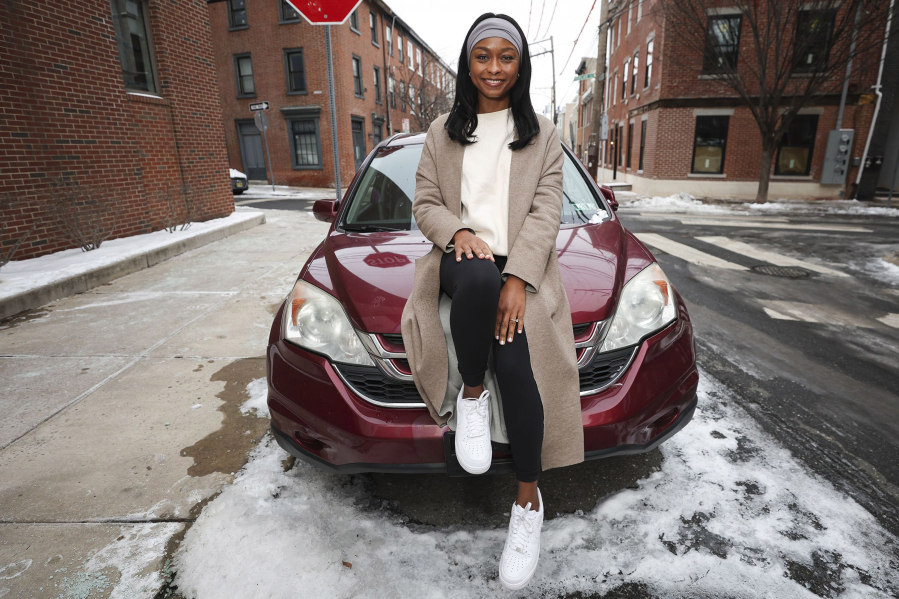PHILADELPHIA — When Imani Porter received the quote for her car insurance renewal in December, she was flabbergasted.
Geico, which had insured her and her fiancé’s Honda CR-V for the past year and a half, was going to charge the couple about $1,000 for the next six-month period.
“I did the math from a year prior and I noticed it went up by 35%,” said Porter, a 27-year-old project manager in the finance industry. “No reasoning. We didn’t have any accidents or tickets. We never even called them. The only communication we had with them was to pay our bills.”
Porter said she assumed the jump was due to the city’s surge in car thefts and reports of tires being stolen off Hondas in her Northern Liberties neighborhood.



